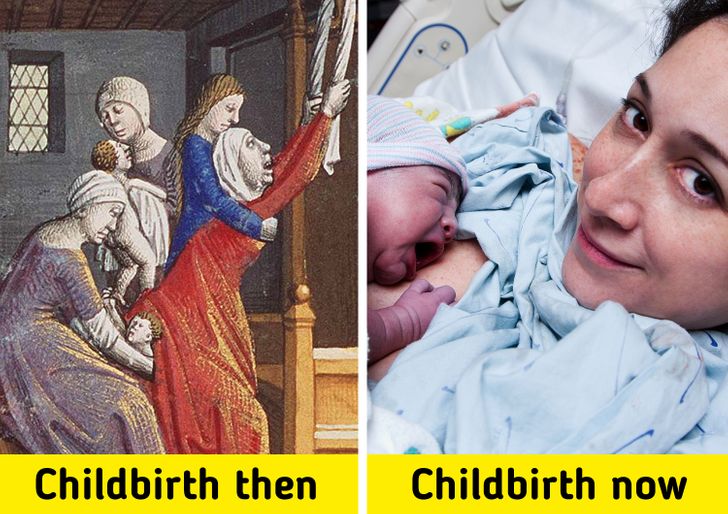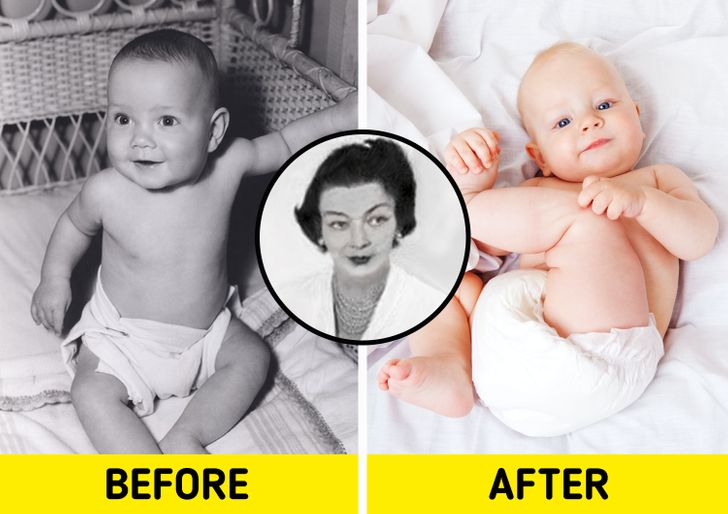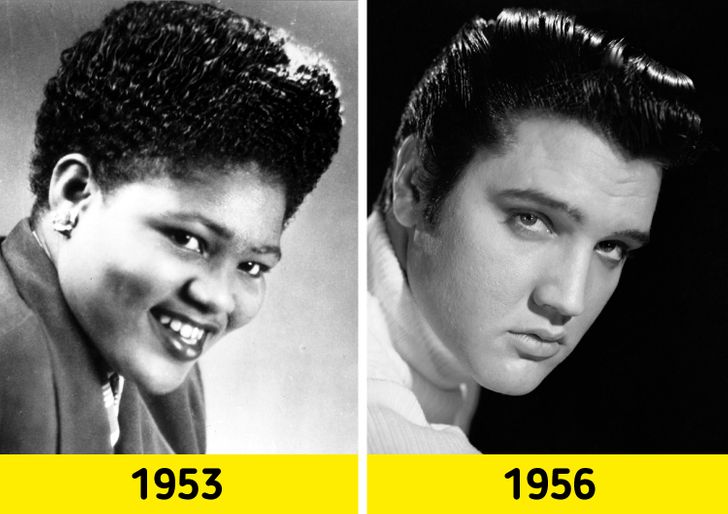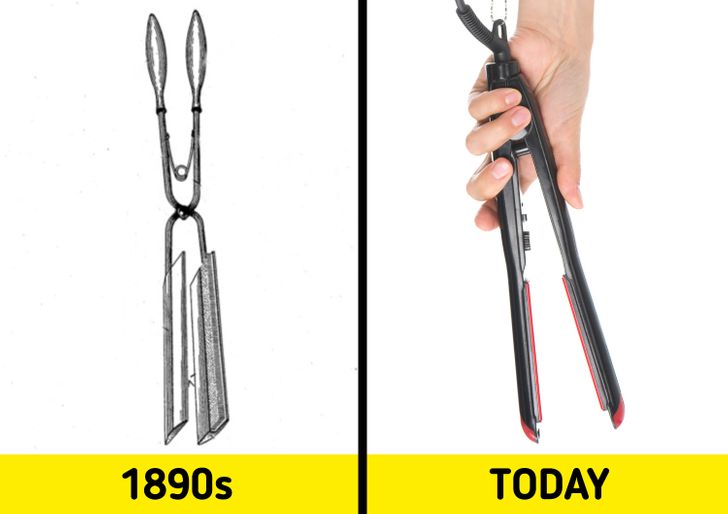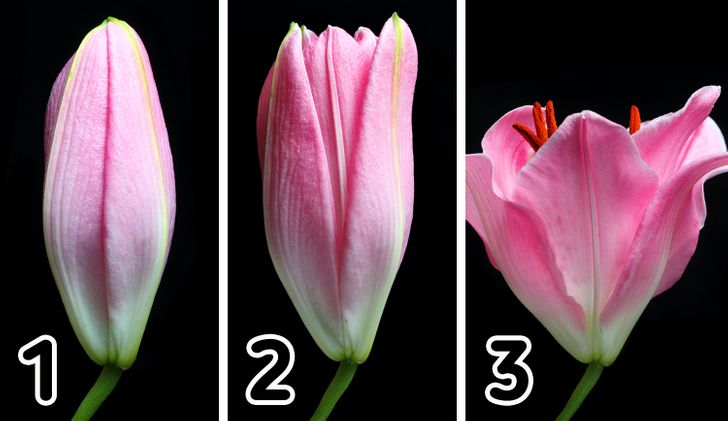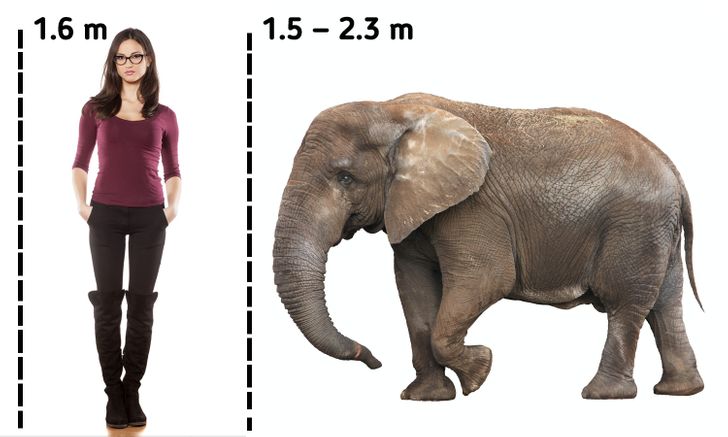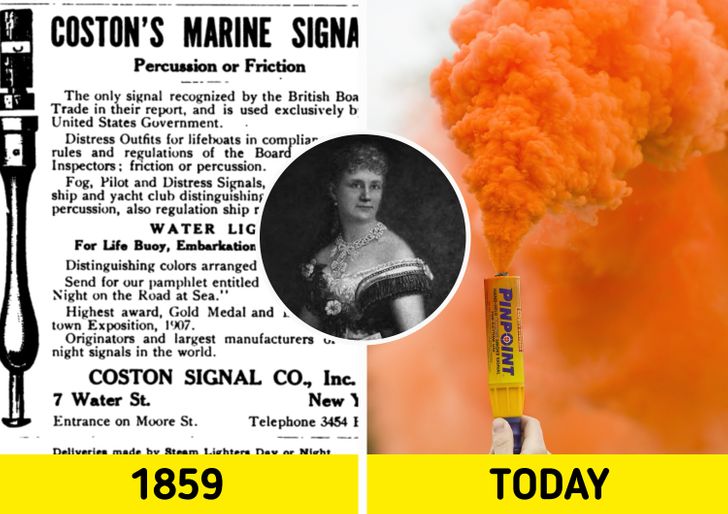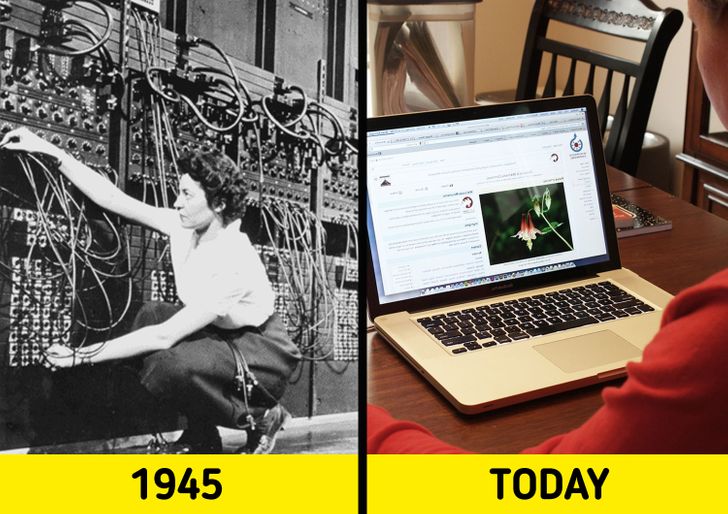there were a lot of important women in the world of prgramming!
10 Women Who Changed Our Lives for the Better but Were Written Out of History
Almost 5 billion people in the world own a computer, but what you may not know is that there are 6 women behind the creation of the very first one. Unfortunately, like these 6 women, female inventors are often overlooked in history. Many of our daily household items have been invented by women, from hair straighteners to diapers, but we don’t even know it. Let’s change that.
Bright Side is celebrating talented women who have proven that anything is possible with their groundbreaking work and inventions.
1. A cure for leprosy
Invented by: Alice Ball
This young chemist found the treatment for leprosy by injecting chaulmoogra oil into her patients. This led to people being released from leper colonies, but unfortunately, she never saw the impact her work had. In 1916, she passed away suddenly from an illness at the young age of 24.
After her death, the president of her university continued her research and took all of the credit, as he now is often remembered as the person who first cured leprosy.
2. The world’s first gynecologist
Who: Trotula of Salerno
This eleventh-century female doctor lived in Italy and wrote several texts about female health conditions and diseases. Her work was hugely important for centuries, however, many people argued that it was published by a man, not Trotula of Salerno. Some even suggested that her books were written by several people and that she never actually existed because she was a female doctor.
3. Waterproof and disposable diapers
Invented by: Marion Donovan
This ingenious mother successfully came up with the idea of waterproof diapers, getting her work patented in 1951. They were a great hit at the time, but when she invented a disposable version, every manufacturer turned down the new design.
However, in 1961, Victor Mills founded the company, Pampers. He managed to mass-produce disposable diapers and Marion was long forgotten as Pampers became the face of the modern diaper.
4. The original singer of “Hound Dog”
Sung by: Willie Mae Thornton
This is perhaps one of the most famous songs sung by Elvis Presley, however, he was not the first one to sing it. It was actually originally sung by the blues singer and songwriter, Willie Mae “Big Mama” Thornton. It rose to the top of the R&B charts in 1953, selling 2 million copies. However, she only earned $500 from this hit song.
A few years later, Elvis took her song and adapted it for a more mainstream audience. It instantly became a hit and helped him to become a star, earning him quite a bit of money. Willie Mae died in 1984 in poverty.
5. Hair straighteners
Invented by: Ada Harris
Hair straighteners were first invented as far back as the 1890s. Ada Harris patented her invention in 1893, but it was Marcel Grateau who is often credited for its invention. This may be because Marcel Grateau earlier rose to fame with his invention of the curling iron in 1852.
Ada never had much success or recognition for her invention, especially after Madam C.J. Walker invented the hot comb, which worked similarly to the hair straightener.
6. Hypertext fiction
Invented by: Judy Malloy
Hypertext fiction is an online book where readers can click through parts of the story in any order they wish to re-shape the narrative. She published the first story of its kind in 1986, known as Uncle Roger.
However, a novelist named Michael Joyce is remembered by many as the inventor of hypertext fiction with his story, afternoon, a story, which was published over 5 years later in 1990. In 1992, a New York Times book critic named Michael Joyce the “granddaddy” of hypertext fiction, cementing him in history as its inventor and completely overlooking Judy.
7. Botanical time-lapse photography
Invented by: Henderina Scott
This botanist was among the first to use photography to record the movements of plants for her studies. Around 1903, she made a short film that showed the development of the flower, Sparmannia africana, which she showed to the Royal Horticultural Society. This is the only credit she’s received for her use of photography to make a film.
Plant botanical photography is credited to F. Percy Smith, not Henderina. From 1911-1912, he used time-lapse photography to record the movement of flowers in Yosemite. This gave him credit as the pioneer of time-lapse images for the scientific study of plants.
8. Extinct dwarf mammals
Discovered by: Dorothea Bate
This paleontologist made some of the biggest discoveries regarding prehistoric life thanks to her work with fossils in the early twentieth century. As one of the first females to be employed at the Natural History Museum in London, she discovered several extinct species as well as evidence of ancient mammal dwarfism and giganticism.
Because of the times, her work wasn’t widely recognized for her incredible breakthroughs. She remained largely unknown and with little credit, even though her discoveries are still relevant to archaeologists and paleontologists today.
9. Signal flares
Invented by: Martha Coston
This inventor made an important contribution with the Coston flare, used for communicating when out at sea. She successfully patented her design in 1859 after the death of her husband. Using his notebooks, she completed his research and gave us the signal flare.
However, at the time, she wasn’t given the credit she deserved, as she was short-sold for her patent and other services by thousands of dollars.
10. The first electronic computer
Programmed by: 6 women
The ENIAC computer was the first electronic computer, and it was built between 1943 and 1945. 6 women breathed life into the machine as its primary programmers: Kay McNulty, Betty Jennings, Betty Snyder, Marlyn Wescoff, Fran Bilas, and Ruth Lichterman. Despite this, John Mauchly is very often credited for the invention of the computer that would change life as we knew it.
Who is your female role model? Why?
Comments
Strange because all the icons from the tech world are men
I guess... Stallman, Torvalds, Jobs, Gates etc...
Who are the first 2? I never heard of them 😅
Because they don't sell things, the first one made a lot of free software, the second one made well... also free software kinda :D that's the easiest way to explain it.
Related Reads
9 Things That We Wash Too Often, and 9 More That We Usually Forget About

16 Photos That Don’t Need Photoshop to Grab Your Attention
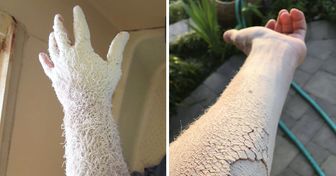
Helen Hunt, 60, Stuns During Her Latest Appearance, and Her Lips Become the Center of Attention

Anne Hathaway Deemed Unrecognizable After Her Face Shocked Many in New Pics

People Online Noticed Brad Pitt’s New Partner Is a Spitting Image of Angelina Jolie

Keanu Reeves Finally Cuts His Long Hair, and His New Look Causes a Stir

“She Needs to Leave Her Face Alone,” Lady Gaga’s Latest Appearance Sparks Controversy

A Homeless Woman Receives a Full Makeover and Impresses the Whole World

I Spent Years Covering My Face With Makeup, Now I Want the Whole World to See It

Meg Ryan, 62, Is Praised for Finally Looking Her Age As She Stuns in Her Latest Appearance

Mom Showed Her Pre-Birth Colossal Baby Bump, And People Doubt If It’s Even Possible

10 People With Extraordinary Physical Features We Can’t Believe Actually Exist


